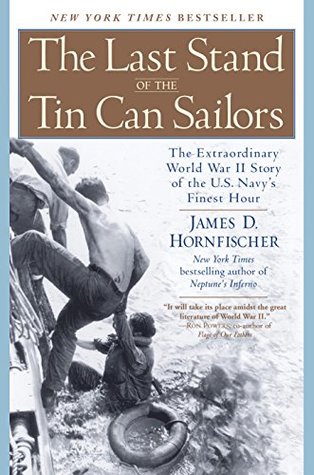More on this book
Community
Kindle Notes & Highlights
A vessel draws life from the spirit of her crew, which derives in large part from the leadership qualities of her chiefs and officers. Morale defies quantification—and yet it weighs significantly on the ultimate lethality of the tools of war. A ship’s effectiveness is the product of thousands of bonds that develop between individual officers and crew. The bonds form and break in a chain reaction, the power of which is determined by drill, by relationships, by fortitude, faith, and values.
One trait of good commanders is that they make simple decisions at the right times and without delay.
It has been written that so much of life is preparation, so much is routine, and so much is retrospect that the purest essence of anyone’s genius contracts itself to a precious few hours.
“The vision of Sprague’s three destroyers—the Johnston, the Hoel, and the Heermann— charging out of the smoke and the rain straight toward the main batteries of Kurita’s battleships and cruisers, can endure as a picture of the way Americans fight when they don’t have superiority. Our schoolchildren should know about that incident, and our enemies should ponder it.”


